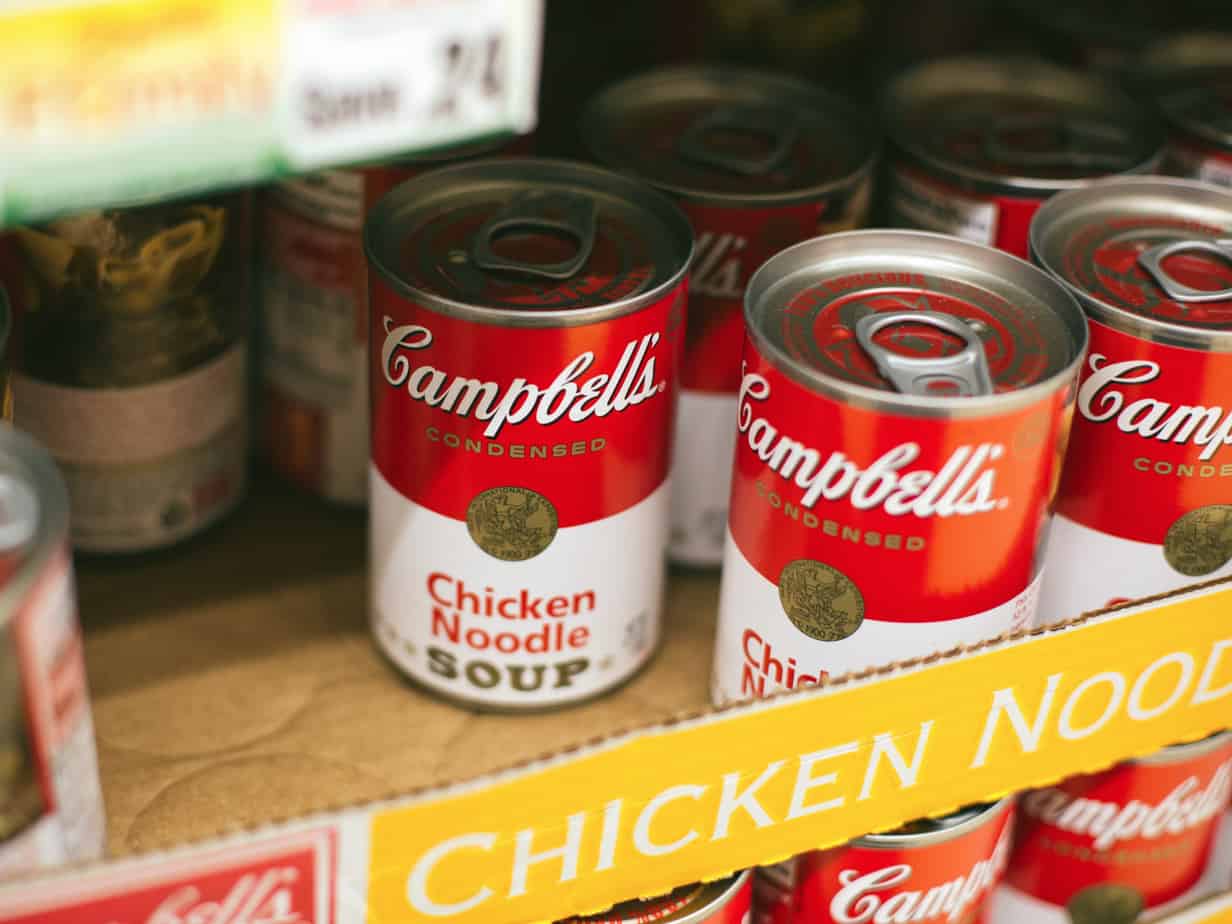
"Most American parents in their early to late thirties believe that food insecurity is an important issue to solve, according to a new Ipsos poll. The poll offered respondents the following definition of food insecurity: 'Food insecurity describes a household’s inability to provide enough food for every person to live an active, healthy life.'"
"Few parents know how many Americans actually suffer from food insecurity. According to the U.S. Department of Agriculture, 1 in 8 do. Just 28% of respondents correctly guessed this figure, while a third (32%) said 1 in 4, and another third (32%) estimate 1 in 12 or fewer."
"Most parents agree that food insecurity is an important problem that they would be willing to help address. The vast majority also agree that everyone can play a part in improving food insecurity (92%) and that it is an important problem to solve (90%). The majority also agree they can do something to help others who are food insecure (85%), and that they would do more to address the problem if they had more time (83%).
- Fathers are more likely than mothers to believe there are things they can do to help those who are food insecure (88% of men agree, compared to 82% of women) and to report that they would do more to help if they had more time (88% of men vs. 80% of women).
- Wealthier parents are also more likely to feel this way: 92% of parents with a household income of $100,000 or more agree there are things they can do to help food-insecure people, compared to 81% of those in the lowest income group (under $50,000), and 84% of those in the middle-income group.
- Wealthier parents are also the most likely to see time as a constraint against helping with food insecurity. Parents with a household income of $100,000 or more are 8 percentage points more likely to say they would do more to help food-insecure people if they had more time than those the middle-income group (90% of high-income parents compared to 82% of middle-income parents) and 9 percentage points more likely than parents in the lowest income group (81%)."
"When it comes to specific actions to address food insecurity, 91% of respondents say they are somewhat likely or very likely to want to help people affected by this problem. They are more willing to donate their money than their time to this cause: virtually all report it is likely they would donate to a local food bank (93%) or drop off canned goods at a food drive (96%), while fewer (78%) say they would be likely to volunteer at a food pantry or soup kitchen."
Retailers and charities running food drives can alert Cause Marketing Responders through both traditional and digital advertisements. Last year, these consumers took action after receiving direct mail ads, seeing TV commercials, receiving email ads and hearing ads on both digital and over-the-air radio. Additionally, nearly 3/4 of this audience read printed newspapers at least once per week, and they're 71% more likely than others to read the local newspaper via the paper's website or mobile app. Last year, 43% were driven to action by ads in newspapers.
AudienceSCAN data is available for your applications and dashboards through the SalesFuel API. In addition, AdMall contains industry profiles on supermarkets/grocery stores and nonprofit civic/social organizations, as well as lead lists at the local level. Media companies, sales reps and agencies can access this data with a subscription to AdMall from SalesFuel.
